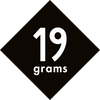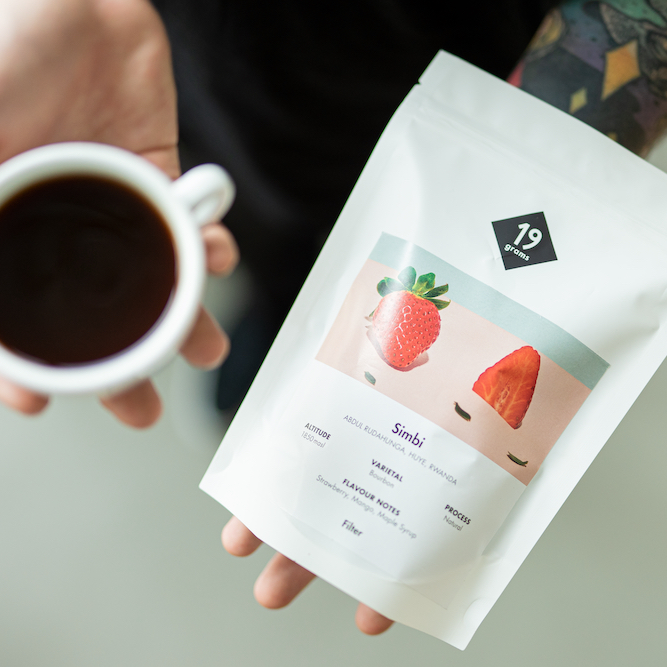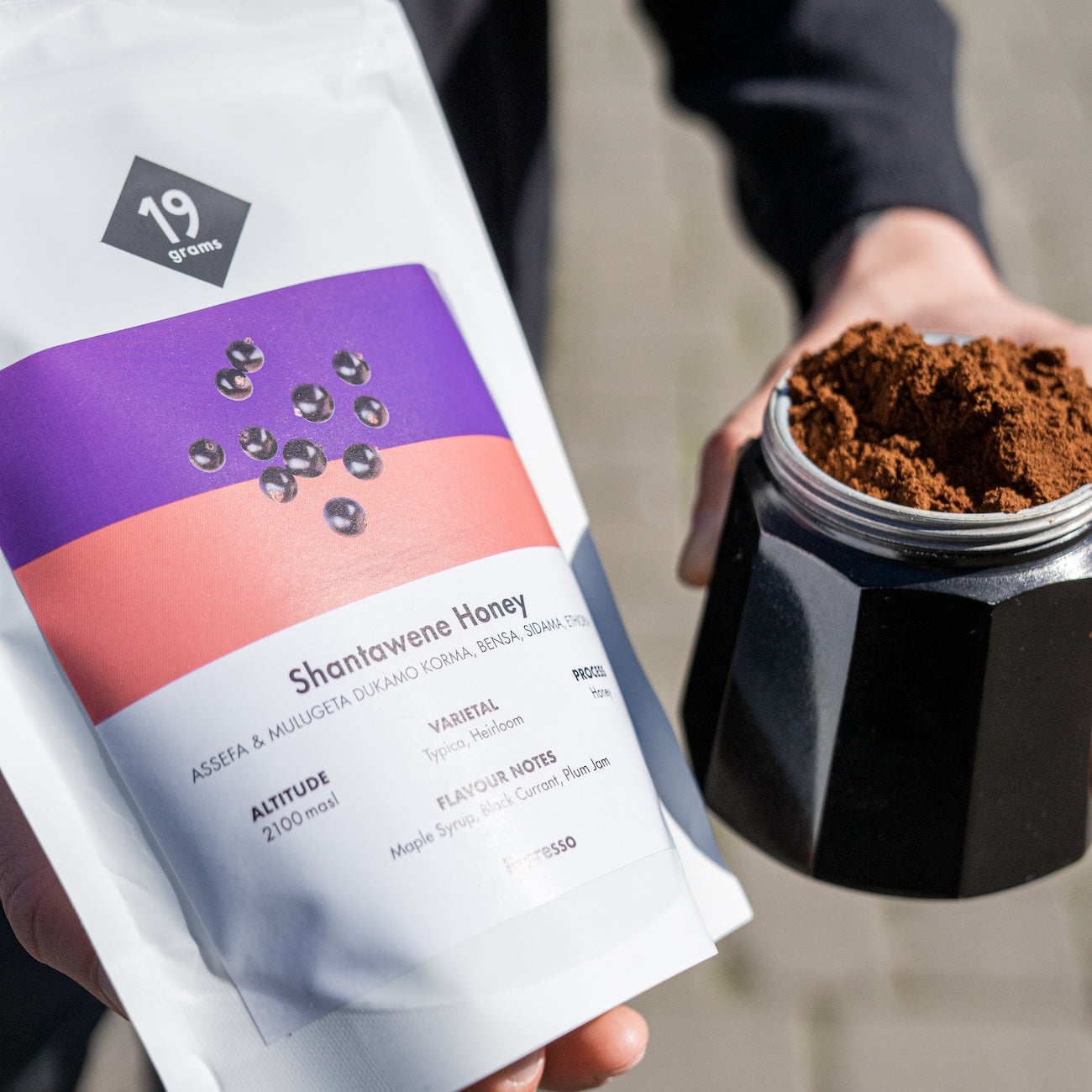Raw coffee, more commonly known as green coffee, refers to coffee beans before the roasting process. It is obtained from the fruit of the coffee plant by processing the coffee cherries to remove their soft components, and the remaining beans are dried. Before roasting, the green coffee is usually sorted by size and quality. The beans are then stored until they are ready for roasting.
The transformation of green coffee into roasted coffee involves several steps. Once the green coffee is harvested, processed and prepared, it is considered green coffee. It is then exported to consumer countries and taken to roasting plants. The two main roasting processes are hot air roasting and drum roasting. Hot air roasting uses high temperatures for short periods of time, while drum roasting uses lower temperatures for smaller amounts of beans to fully develop flavor.
The price of green coffee is determined by the basic principle of supply and demand. However, the quality of the green coffee also plays an important role in pricing. Different grades can have different prices, and the world market price represents an average based on commonly traded types. Other factors affecting price include processing methods, country of origin and location of coffee-growing areas. Approximately 140 million bags of green coffee are produced annually, with Brazil being the largest producer, contributing 30 million bags. A bag typically contains 60 to 69 kg of coffee, and about one hundred high-yielding Arabica plants are needed to produce one bag.






